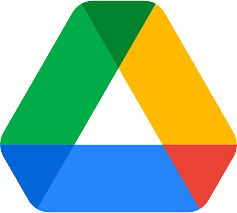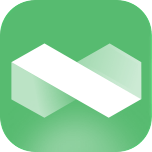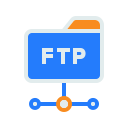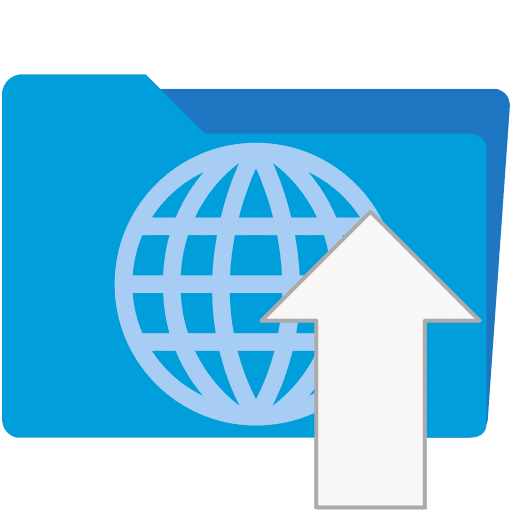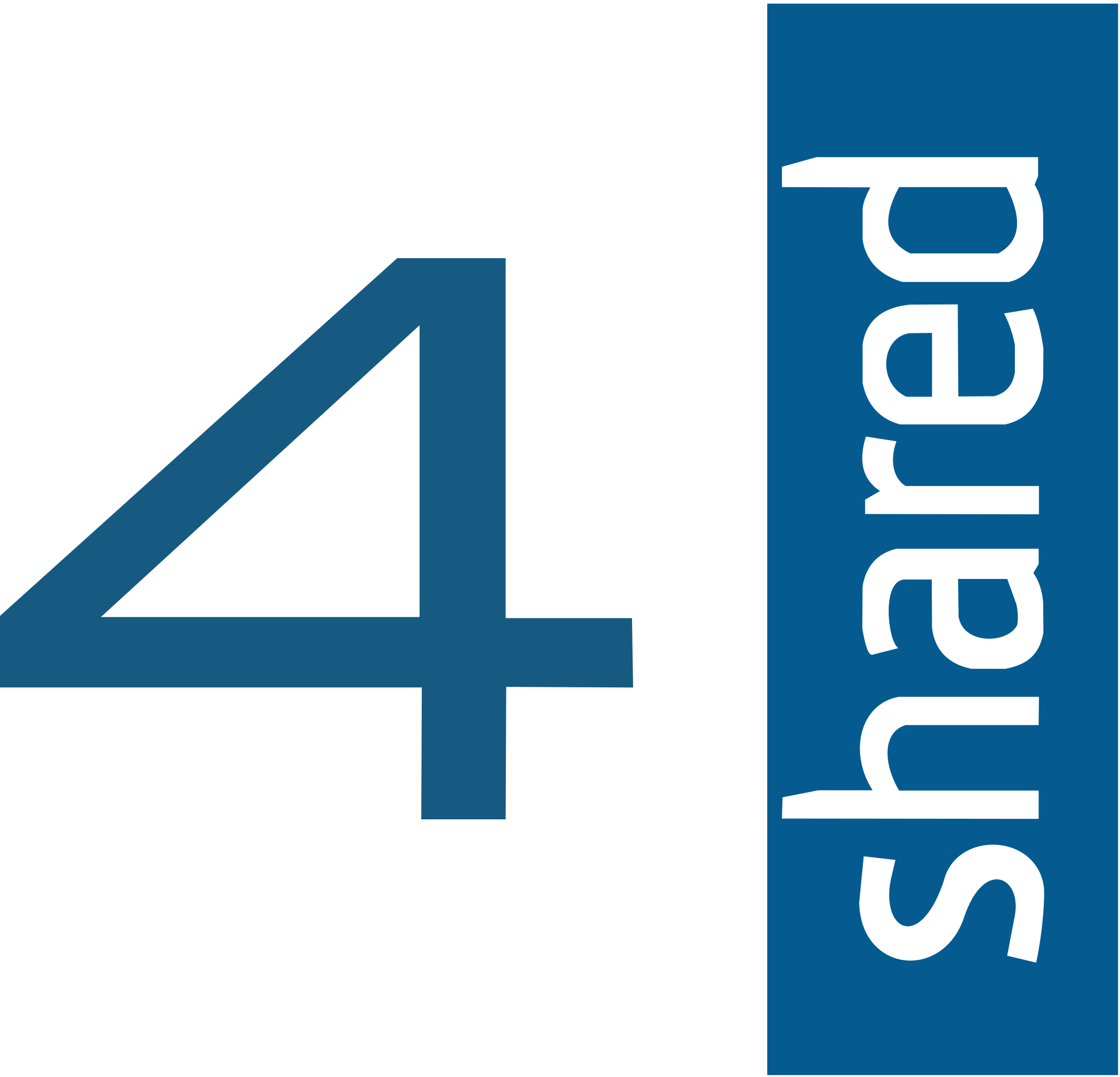How to Send DOI Files Straight to Box — No Downloads, No Fuss
Here’s a simple way to stash files from Zenodo, Dataverse, or any DOI-based repository directly into your Box cloud — all handled online, so your laptop stays out of it.
Introduction
If you’ve ever pulled data or papers from a DOI repository, you know how trustworthy and convenient they are — but let’s be honest, they’re not built for flexible file management once you have the files in hand. Zenodo, CaltechDATA, Harvard Dataverse… brilliant for citations, but not so great when you want to tweak a dataset, share it with a team, or keep your research flow tidy across devices. That’s why I usually pair my DOI finds with Box. It’s secure, collaborative, and makes handling big research folders way less chaotic. The best part? With CloudsLinker, you don’t even need to download a single file — the whole move happens cloud-to-cloud.
Quick Navigation
What’s a DOI Repository Anyway?
Short version: a DOI (Digital Object Identifier) is your permanent link to research that won’t vanish or break. Repositories like Zenodo, Dataverse, or CaltechDATA use DOIs to keep datasets and papers citable forever — so you can trust the source and point readers back to the exact file you used.
The catch? Once you grab the data, most DOI hosts aren’t made for flexible daily storage. You can’t set granular permissions, collaborate easily, or manage big folders the way you can in a true cloud workspace like Box.
Why We Still Love DOIs
- They Stick Around: A DOI guarantees your source link won’t break.
- They’re Credible: Academic repositories mean the data’s been checked and cataloged properly.
- They’re Diverse: From raw numbers to preprints to code — DOIs cover it all.
- They’re Often Open: Many datasets are free to use, which is a big plus.
Why Push DOI Files to Box?
Easy: Box is built for everyday teamwork. Once your DOI dataset lands there, it’s no longer locked in a dusty archive — it’s an active piece of your project folder, ready to share with co-authors or store as a clean backup.
- Stay Organized: Name folders your way, sort drafts, and keep related files together.
- Set Permissions: Give your supervisor view-only, your lab mates full edit — up to you.
- Access Anywhere: Your files are ready on desktop, phone, or browser.
What Makes Box So Handy?
Think of Box as a secure home base for everything from personal drafts to huge project archives. Many universities and research teams love it because it ticks the boxes for compliance, privacy, and file version control.
Bonus: Box’s sharing tools are intuitive — forget juggling email attachments.
Box Highlights
- Enterprise Security: Your research stays encrypted and backed by strong access controls.
- Live Collaboration: You and your co-authors can comment, edit, or track versions in real time.
- Granular Sharing: Control exactly who sees what — no surprises.
Box + DOI = Smooth Research Flow
- Cite with Confidence: Keep the original DOI for your references, but work freely on a private copy.
- Backups Made Easy: Box handles versions and recovery if someone makes a mistake.
- Ready for Big Teams: Works whether you’re solo or sharing with dozens.
What’s So Great About Direct Transfers?
Here’s the deal: CloudsLinker skips your local storage altogether. Files jump straight from a trusted DOI source to your Box account. That means:
- No Manual Downloads: Your internet stays free for Zoom calls, not giant ZIP files.
- Everything Stays Online: No more ‘where did I save that?’ headaches.
- Always Ready to Share: As soon as the transfer’s done, you can send a link or invite a collaborator.
One simple tool, one click — and your DOI files are sitting in Box, ready when you are.
Before You Hit Transfer
A tiny bit of prep now saves you stress later:
- Find Your DOI: Double-check the link works. Zenodo, CaltechDATA, Harvard Dataverse? All good.
- Log Into Box: Make sure you’ve got enough space — clear out old drafts if you need to.
- Make a Folder: Name it clearly so you’re not hunting for ‘dataset_final_final_v2.zip’ later.
Five minutes of setup = one clean, fast transfer.
Meet CloudsLinker
The No-Download Bridge
I use CloudsLinker because it’s simple: pick your DOI source (supports InvenioRDM — Zenodo, CaltechDATA — and Dataverse too) and your target (Box, obviously). It connects the dots behind the scenes so your files skip your hard drive completely. More time for actual research? Yes please.
Step 1: Plug in the DOI
Head to CloudsLinker, choose DOI as your source, and paste in your link (like 10.5281/zenodo.999999).

Step 2: Link Your Box
Connect Box as your target. Sign in securely — CloudsLinker only needs permission to place files there, nothing else.
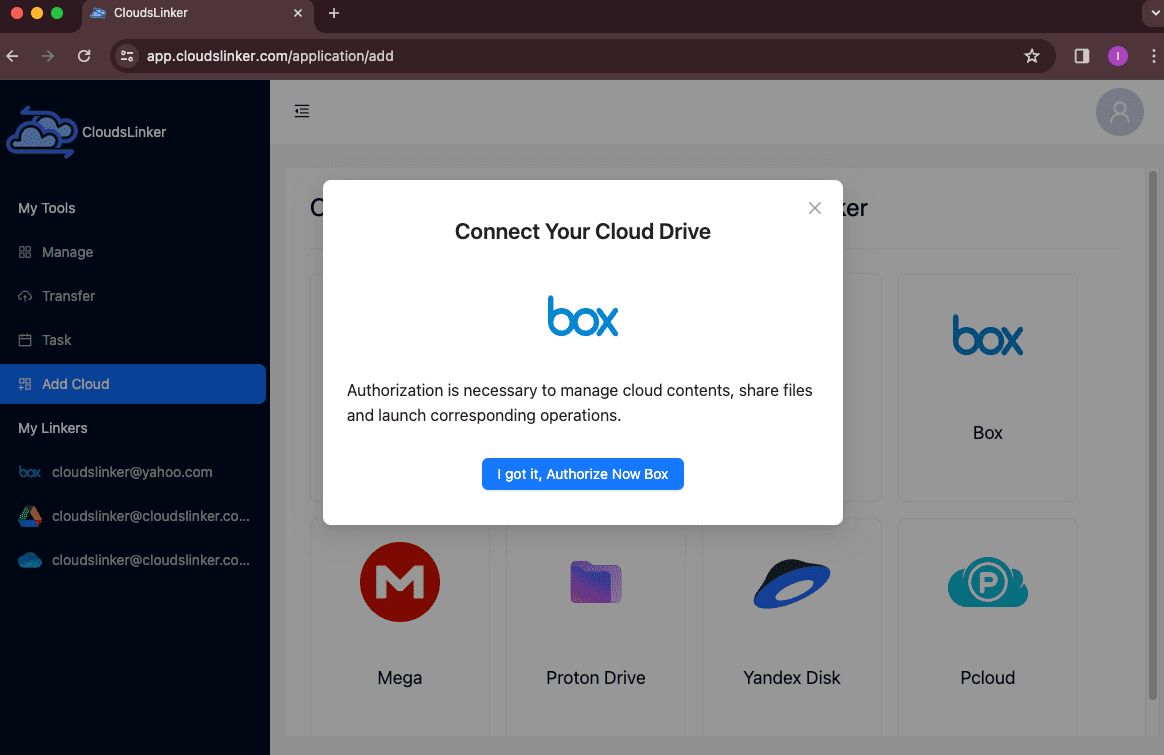
Step 3: Pick What You Need
Select the exact files or folders you want from the DOI. No wasted space.

Step 4: Hit Start
Click ‘Start Transfer’ — sit back while CloudsLinker does the heavy lifting.

Step 5: Check in Box
Once done, hop into your Box account and double-check everything’s in place. Rename, tag, or share — you’re good to go.

Keep Your Box Workspace Neat
Stay Sorted
Tidy files make your future self grateful:
- Use Subfolders: Group by project, year, or funding source.
- Add Notes: Write a short file description so you know what’s what.
- Set Roles: Adjust permissions for co-authors, students, or external partners.
Lock It Down
Make the most of Box’s security:
- Two-Factor Login: Extra protection for your Box account.
- Review Shared Links: Clean up old links you don’t use anymore.
- Track Edits: Use version history so you never lose work.
Access on the Go
Don’t get stuck at your desk:
- Try the Mobile App: Grab files from your phone when you’re off campus.
- Sync Folders: Keep copies local if you need offline access.
- Upgrade Space: Big project coming up? Add more storage as needed.
FAQs: DOI to Box, Answered
Do I need to download anything myself?
Which repositories can I use?
Is Box safe for research?
Can I share files instantly?
Is there an app for this?
Conclusion
I like to think of this as the smart shortcut — keep your citations clear with DOIs, then store your working files in Box where you can organize, co-edit, and share them without hassle. Once CloudsLinker shifts them over, you’re free to focus on actual research instead of chasing files around your desktop.
Online Storage Services Supported by CloudsLinker
Transfer data between over 44 cloud services with CloudsLinker
Didn' t find your cloud service? Be free to contact: [email protected]
Further Reading
Effortless FTP connect to google drive: Transfer Files in 3 Easy Ways
Learn More >
Google Photos to OneDrive: 3 Innovative Transfer Strategies
Learn More >
Google Photos to Proton Drive: 3 Effective Transfer Techniques
Learn More >

